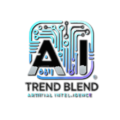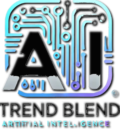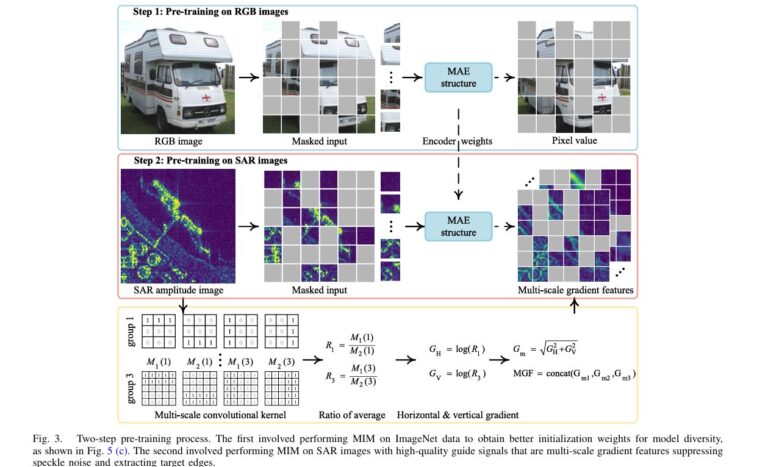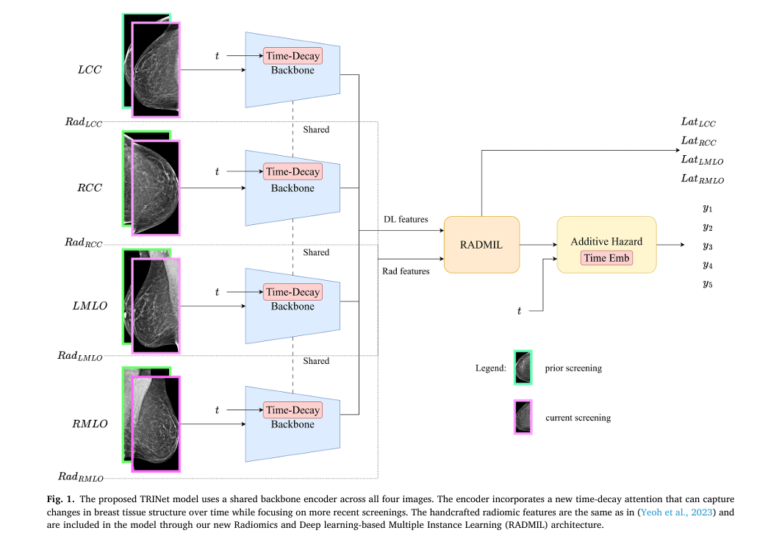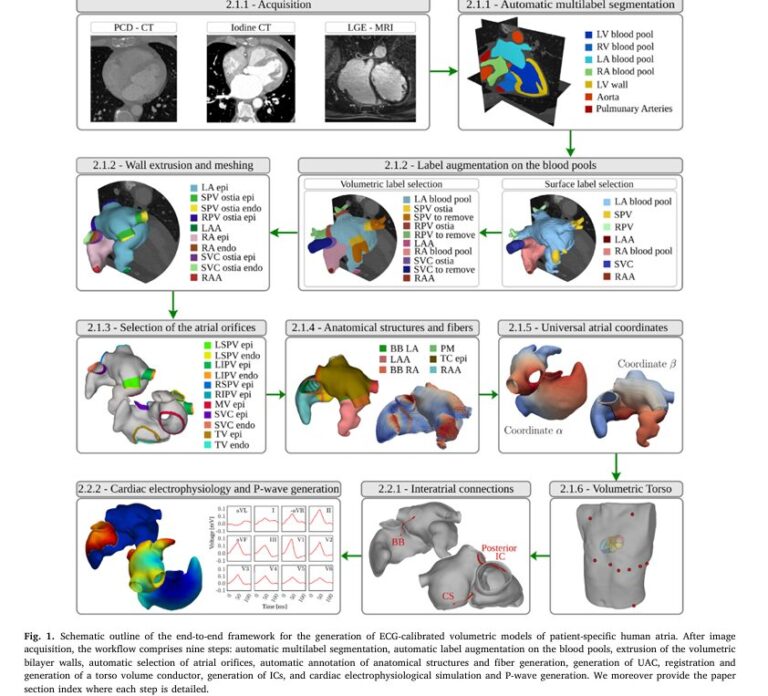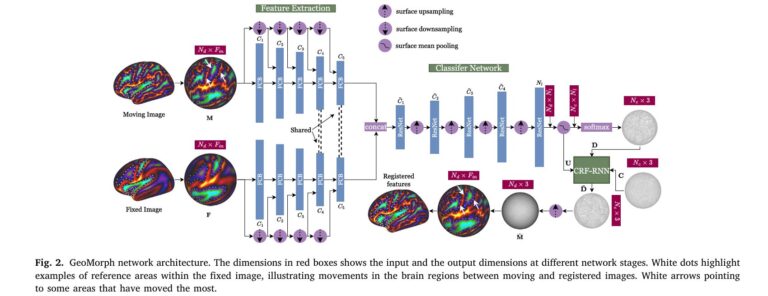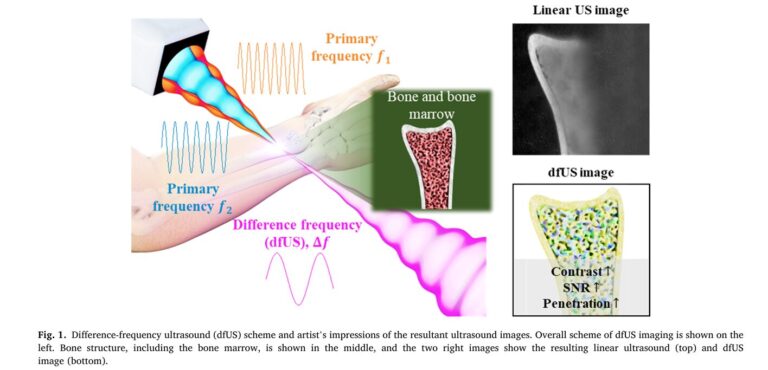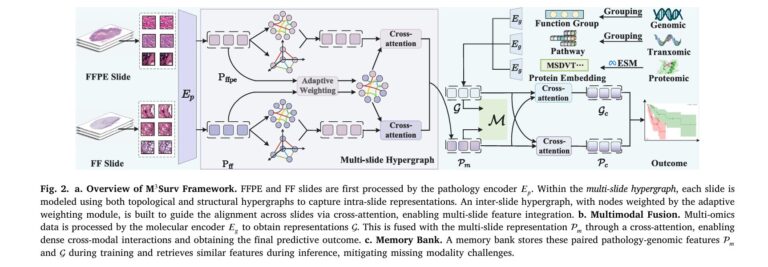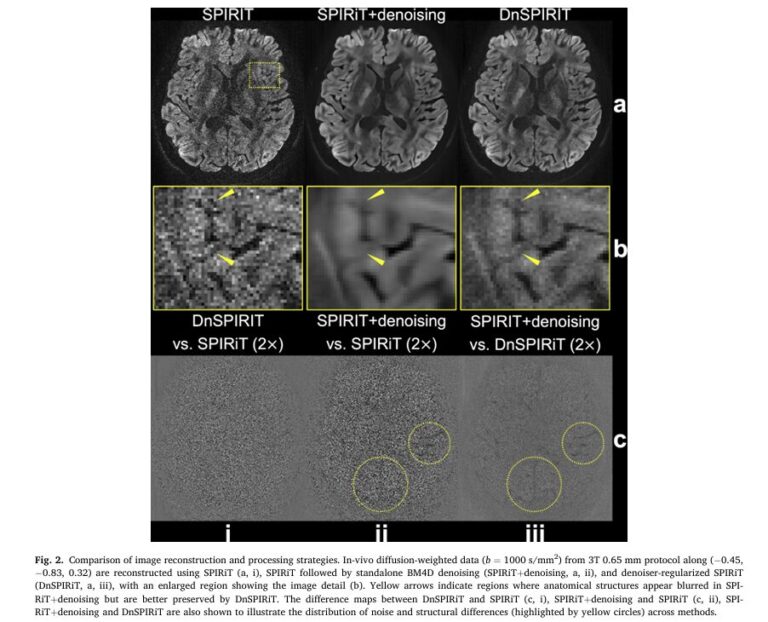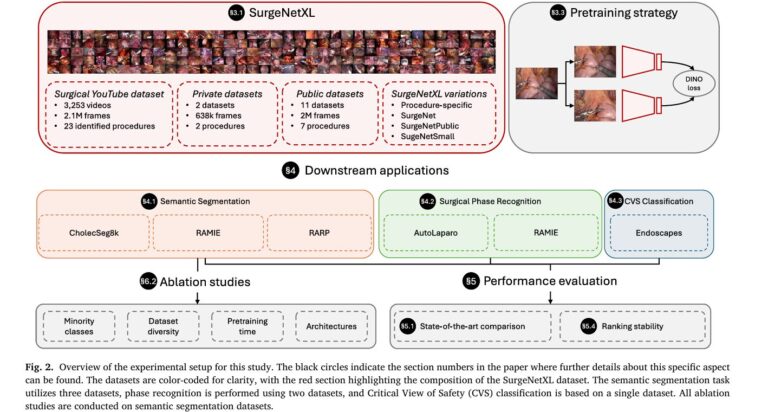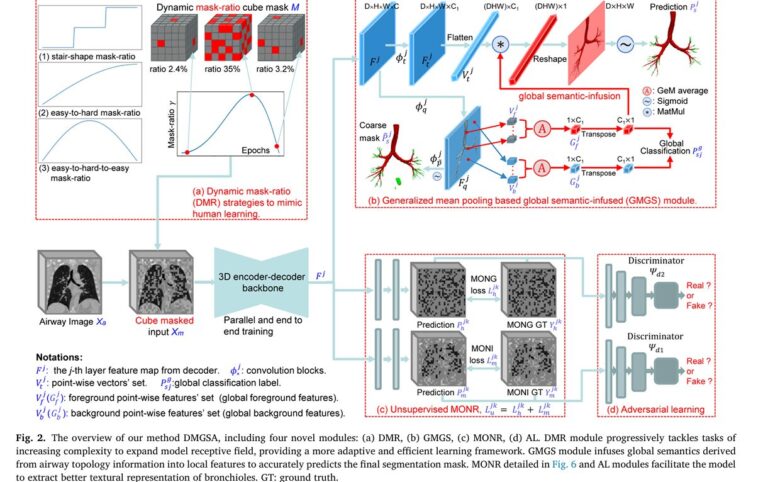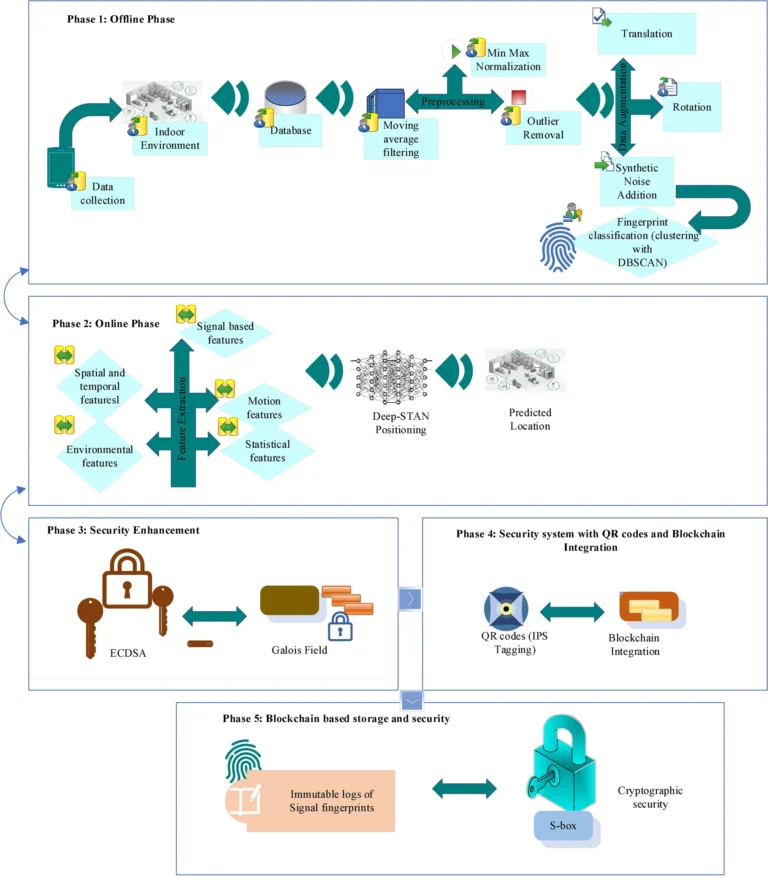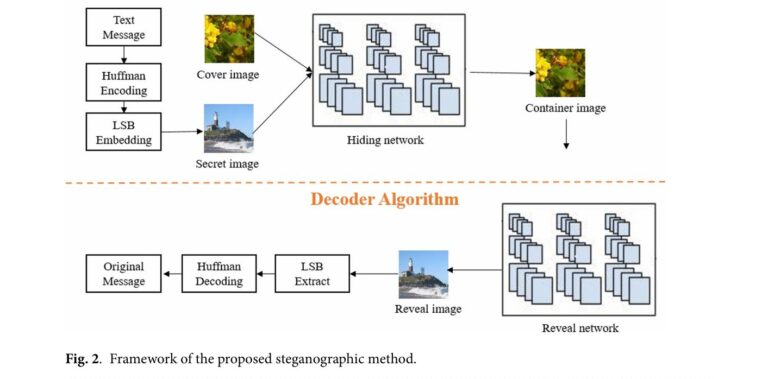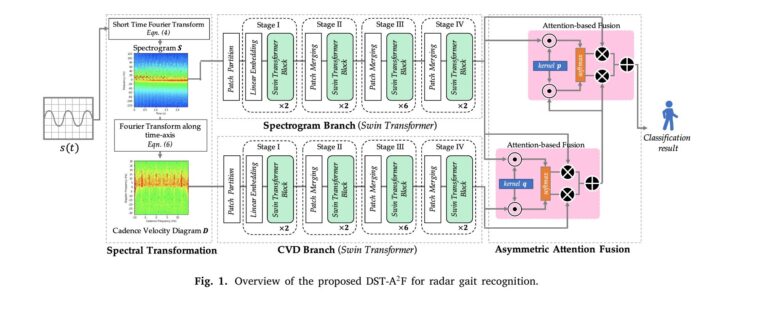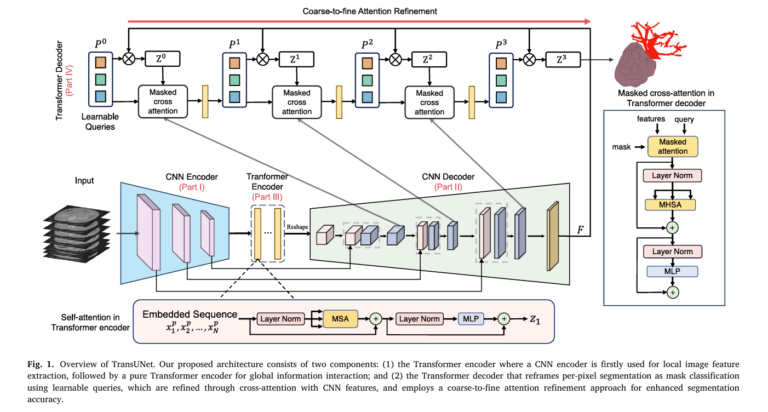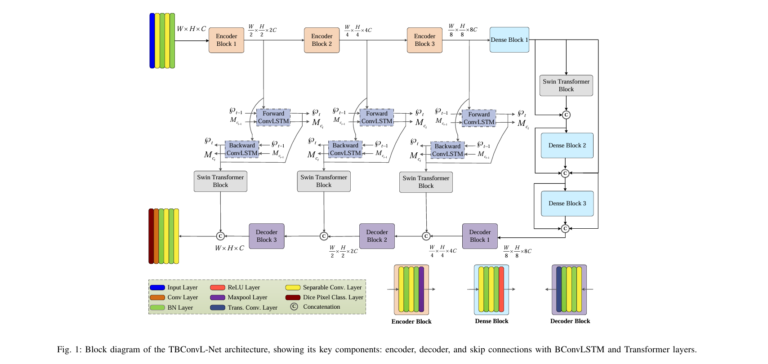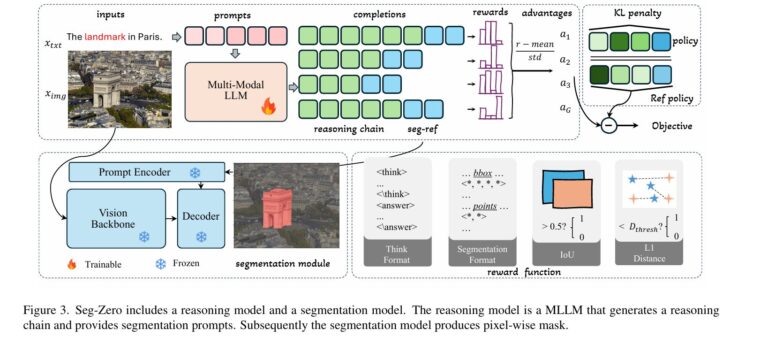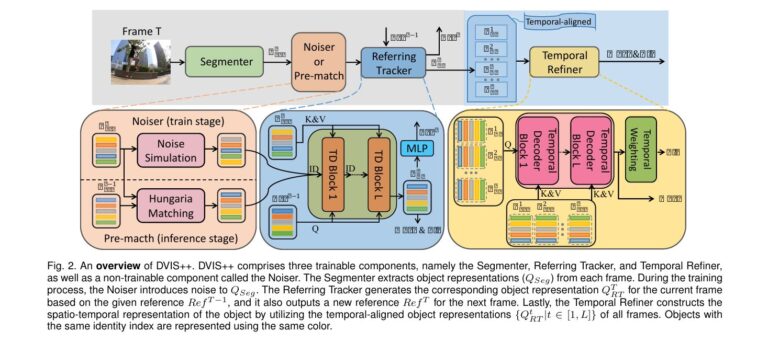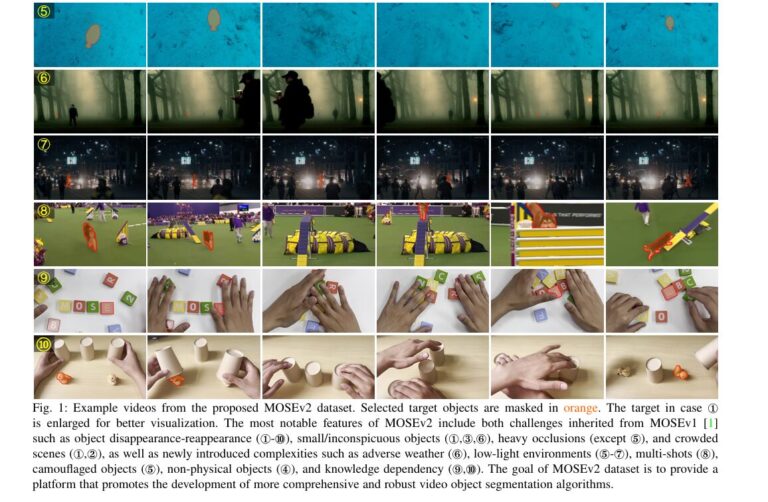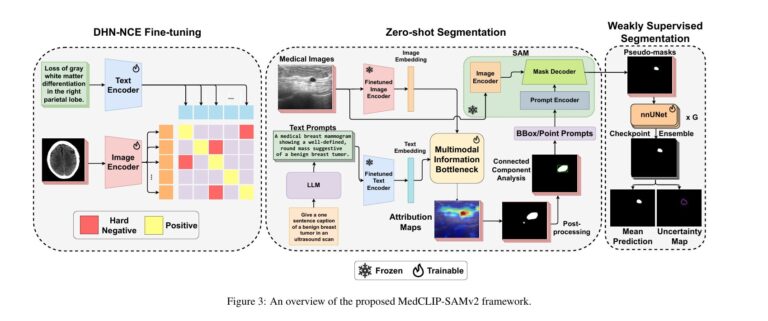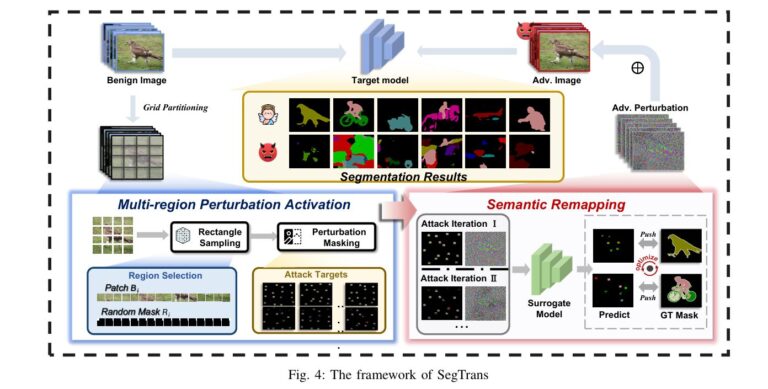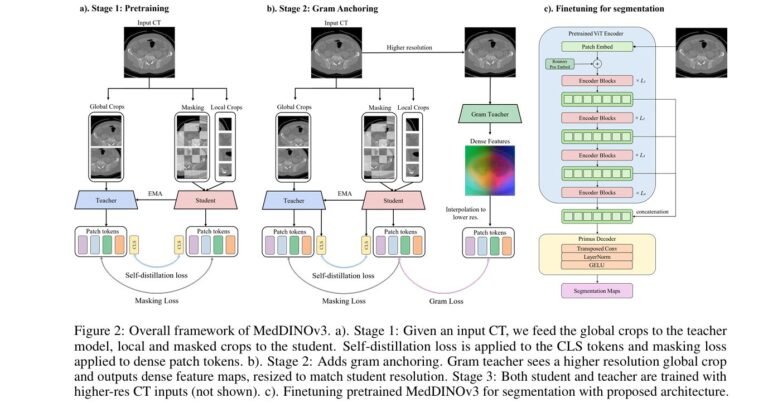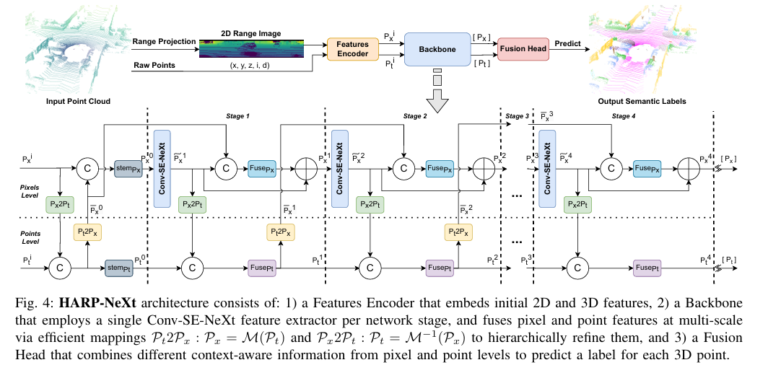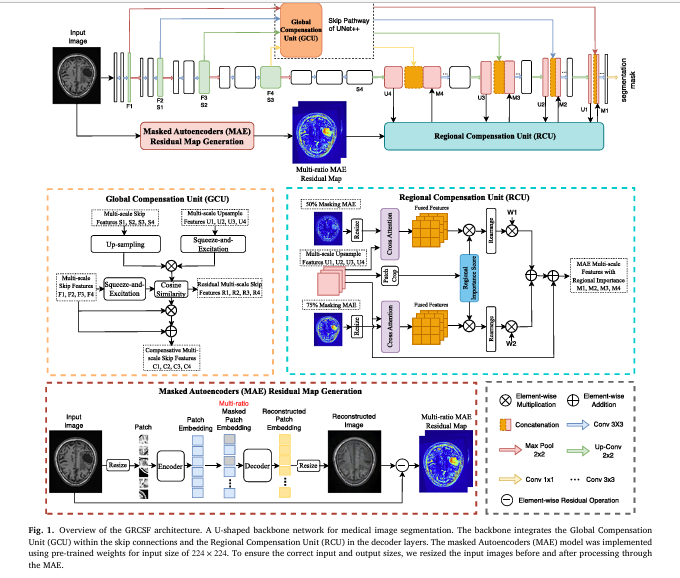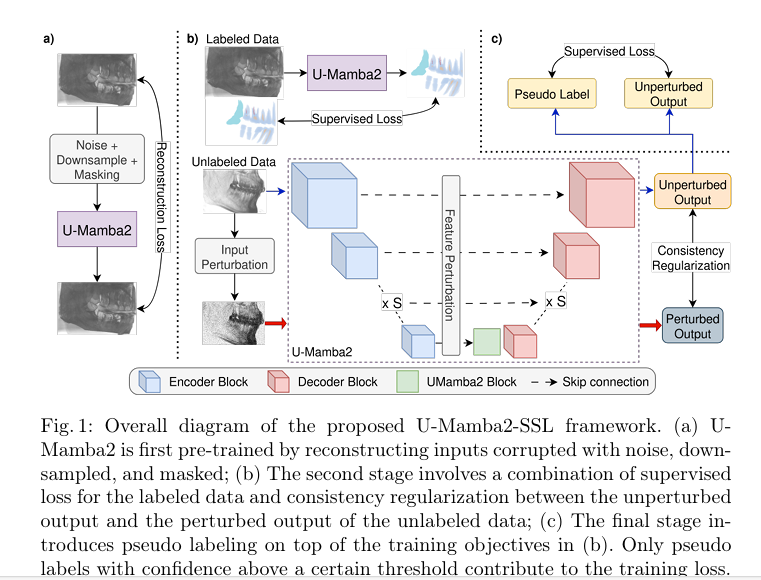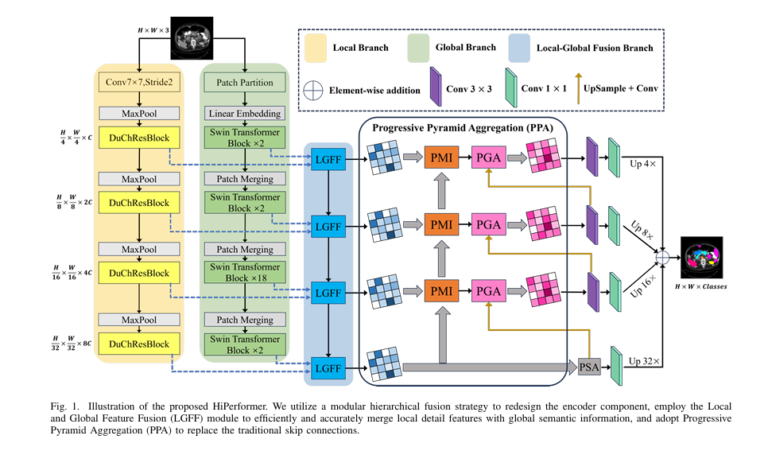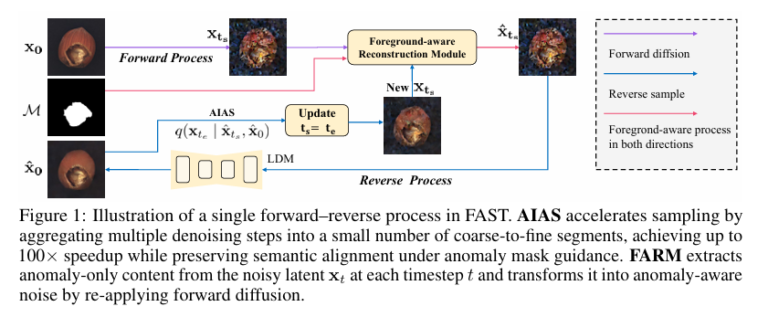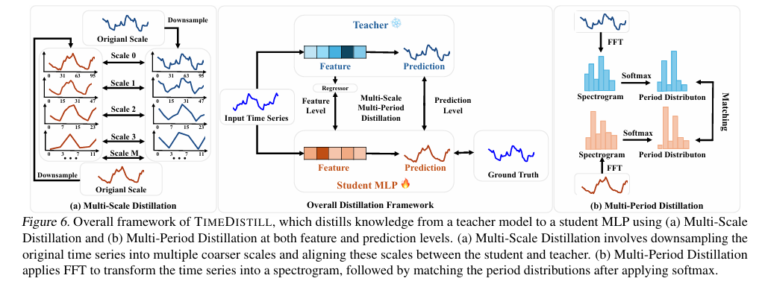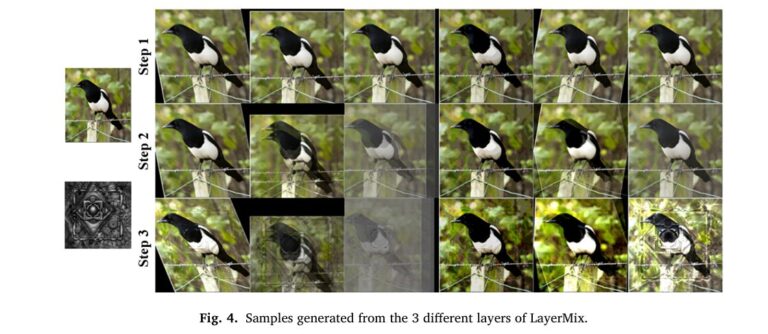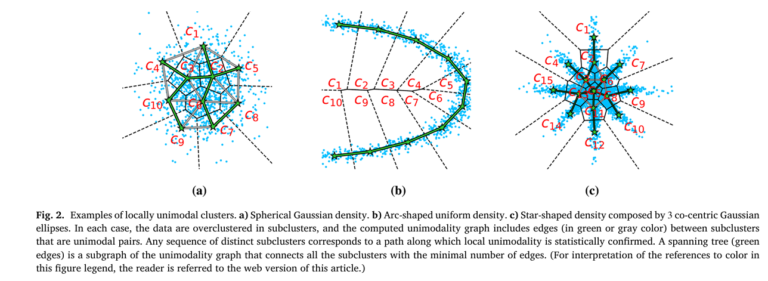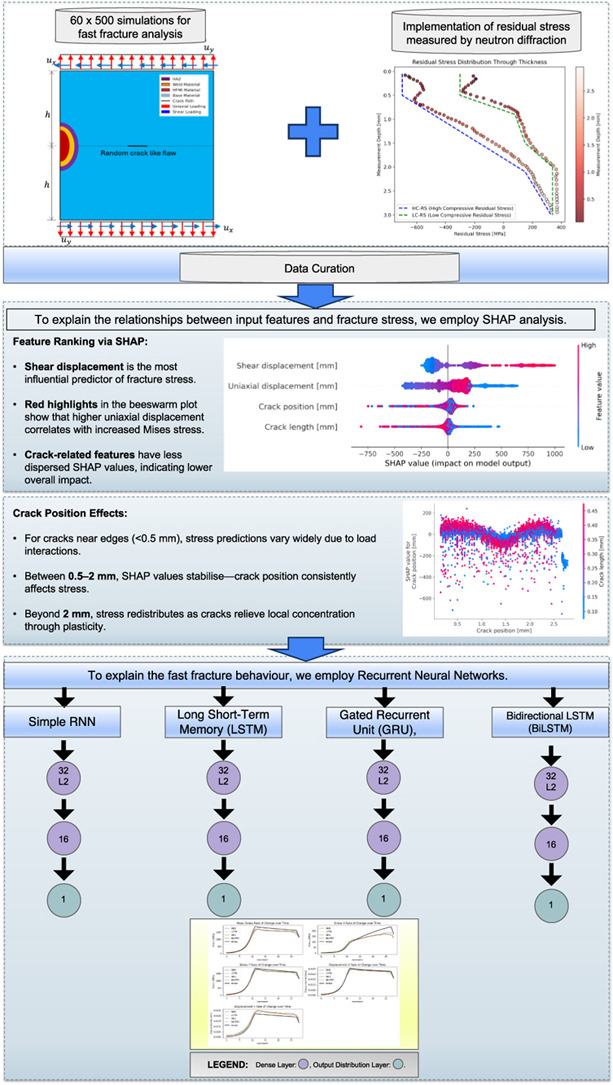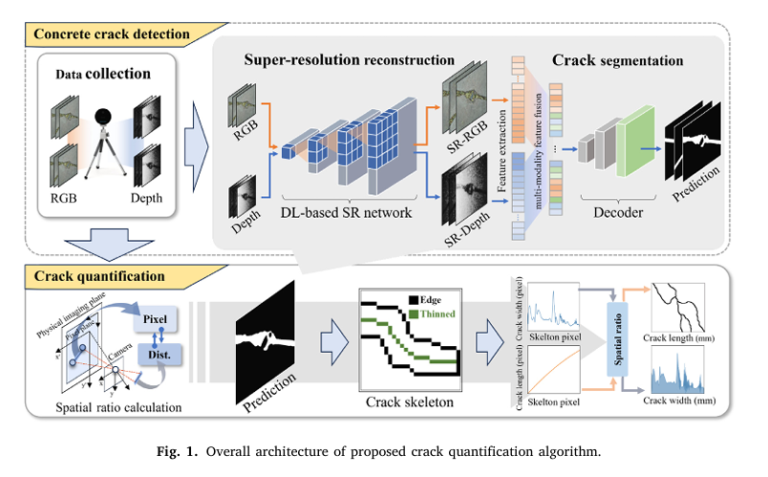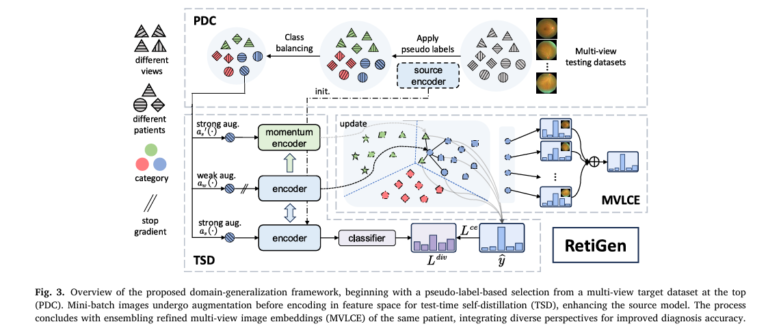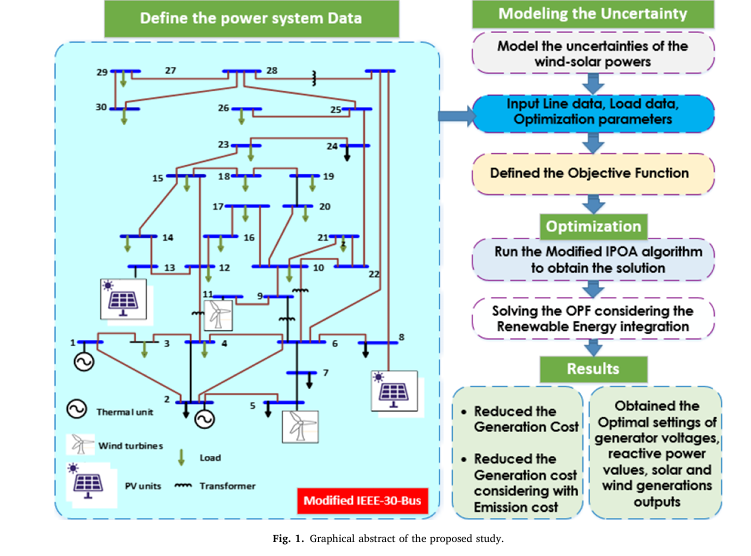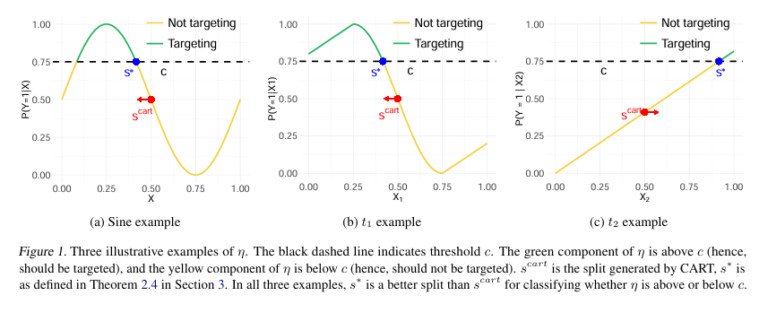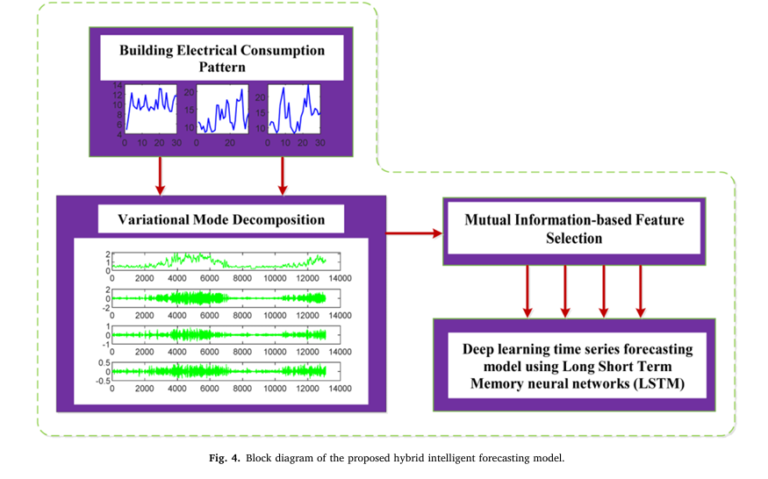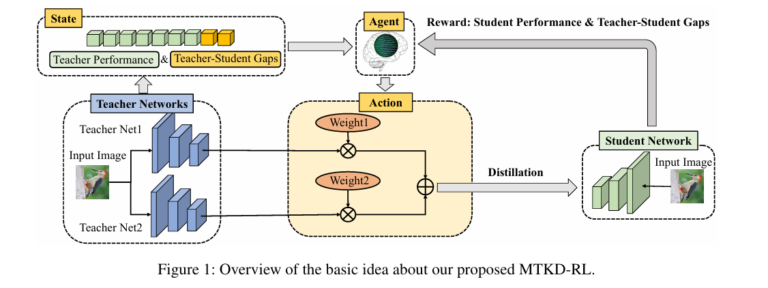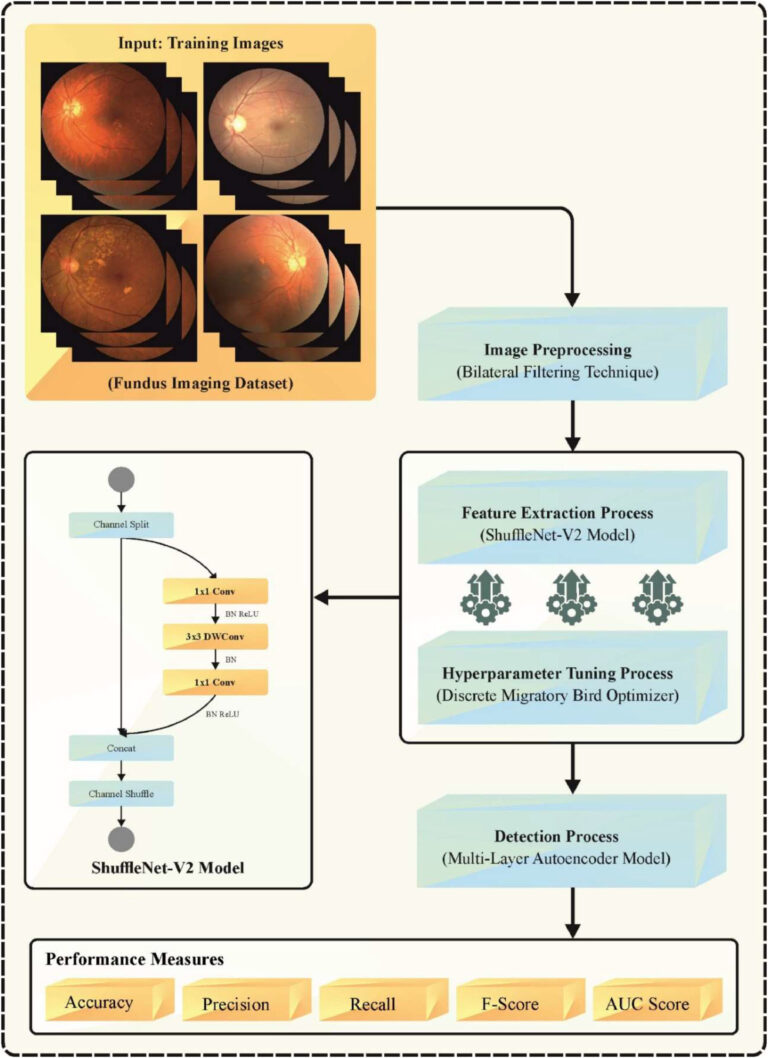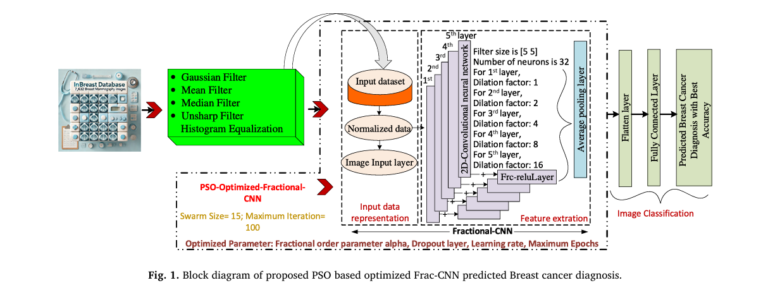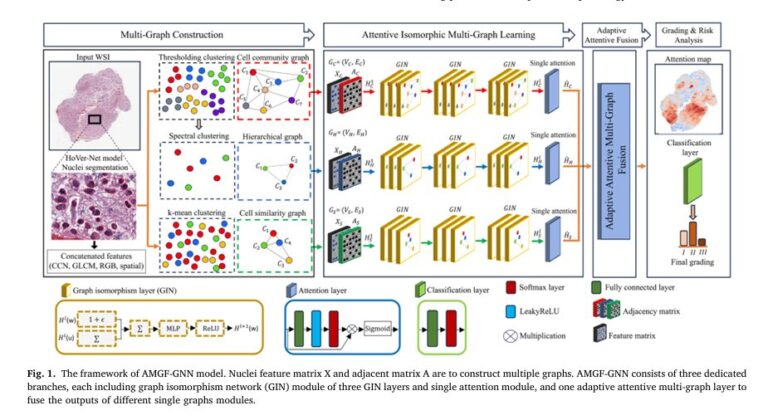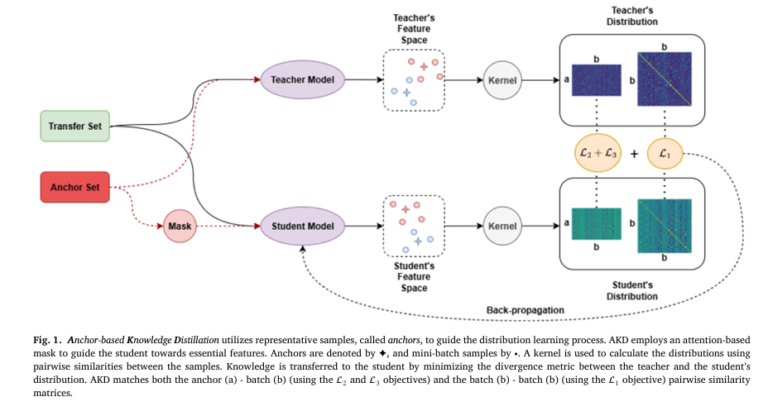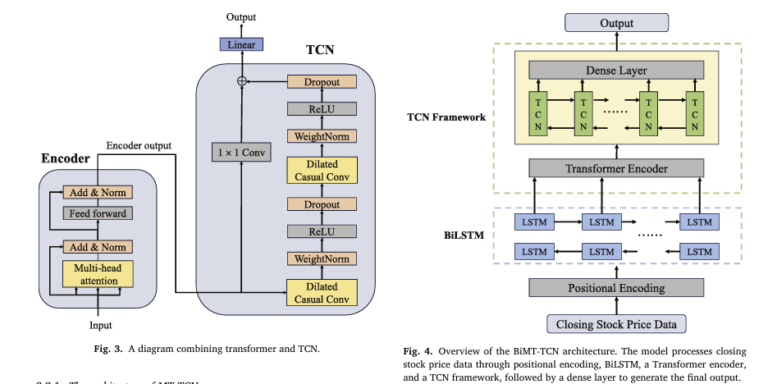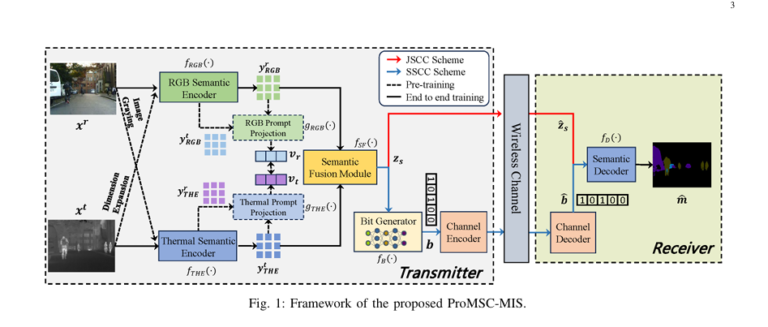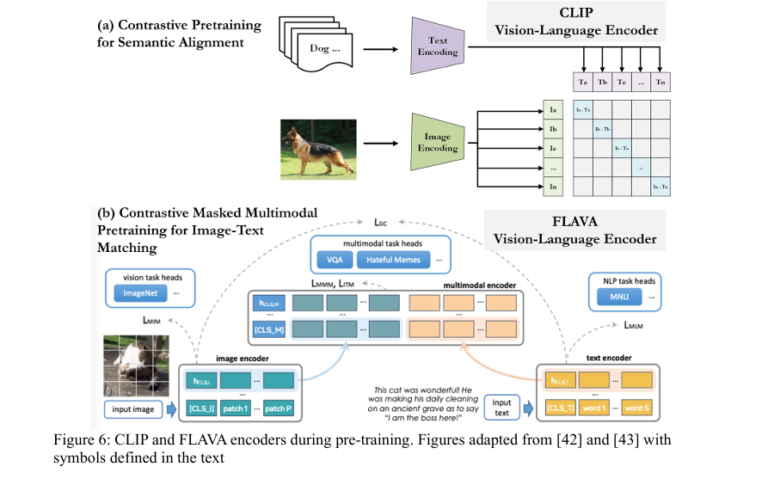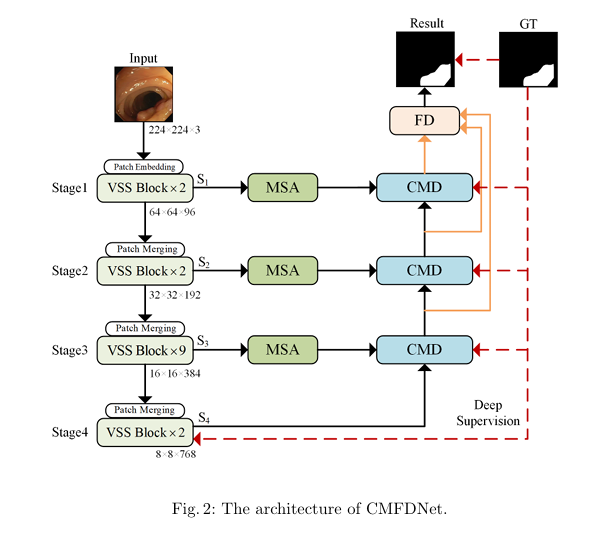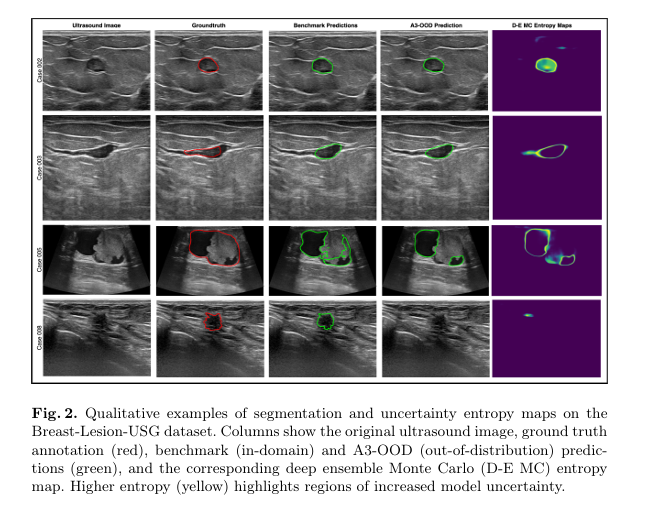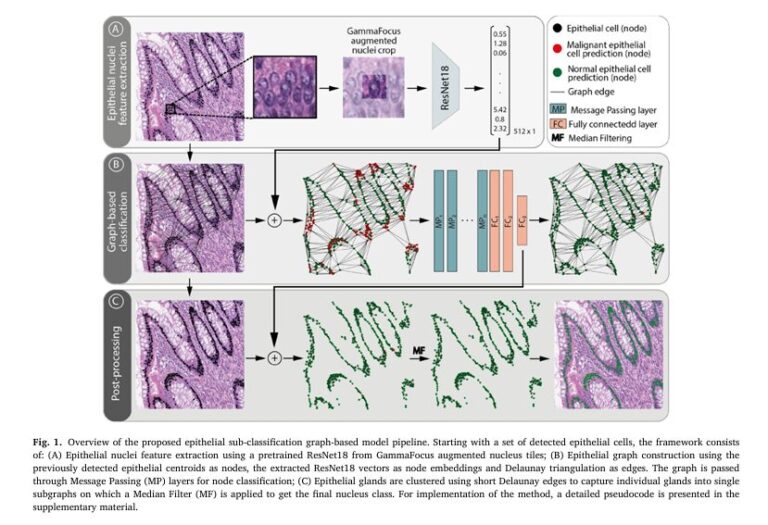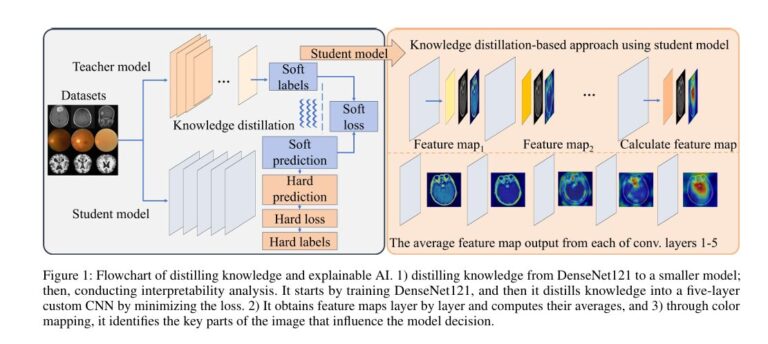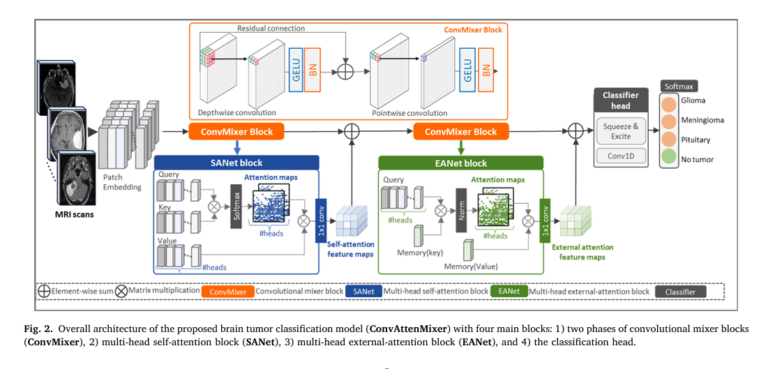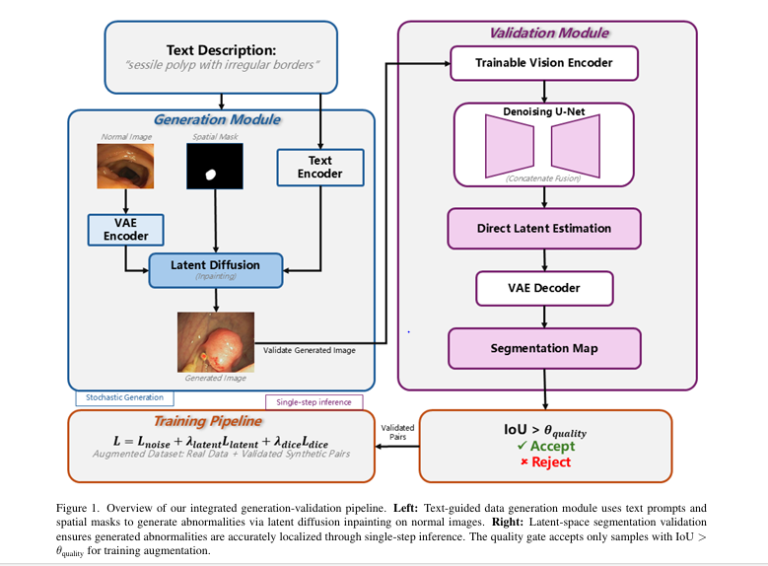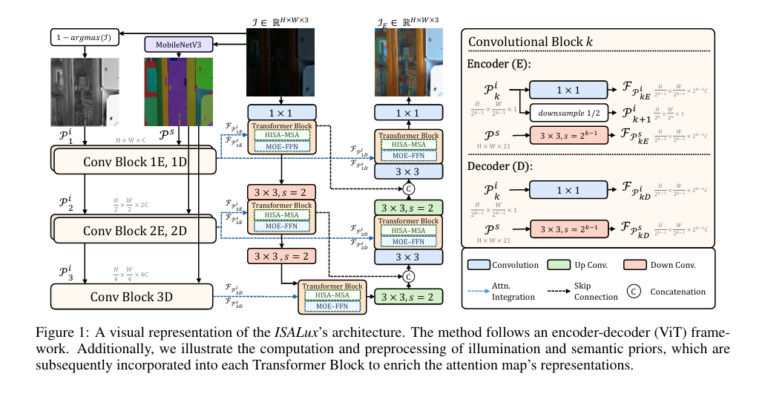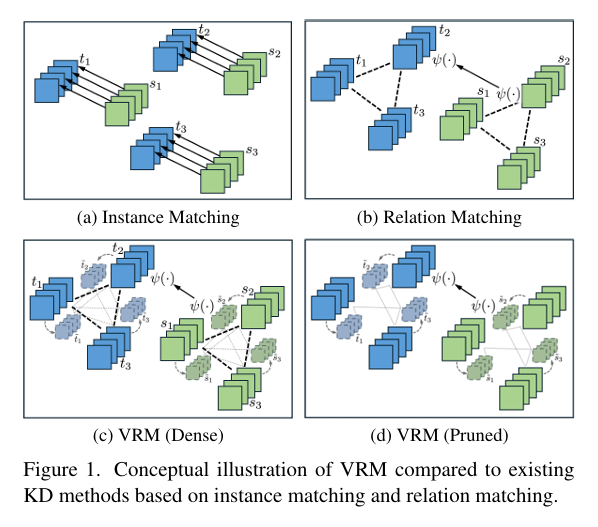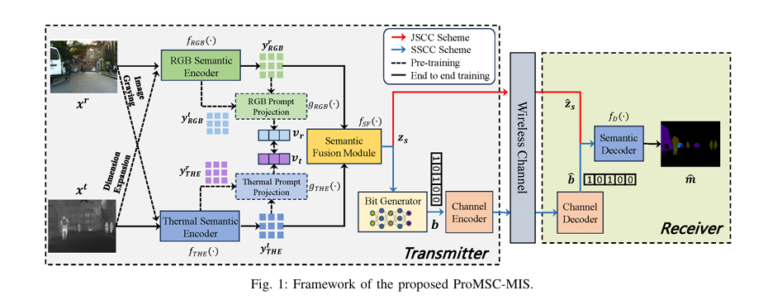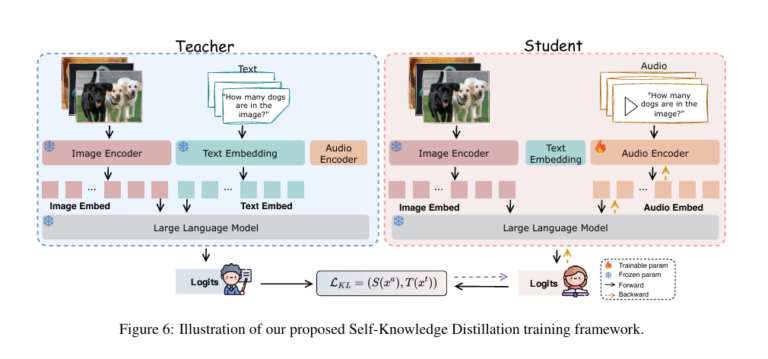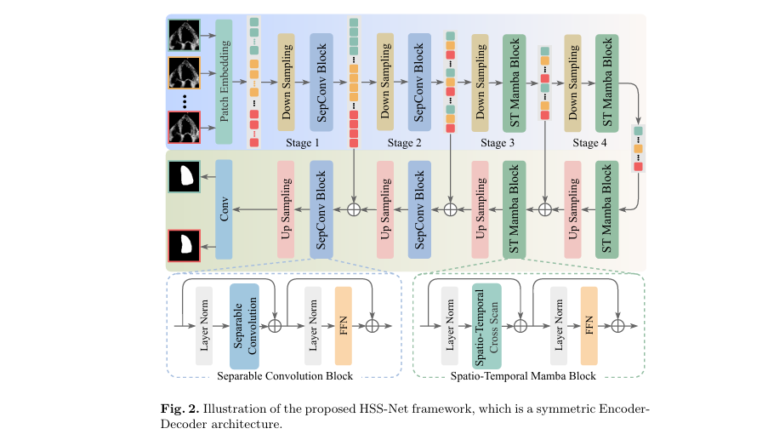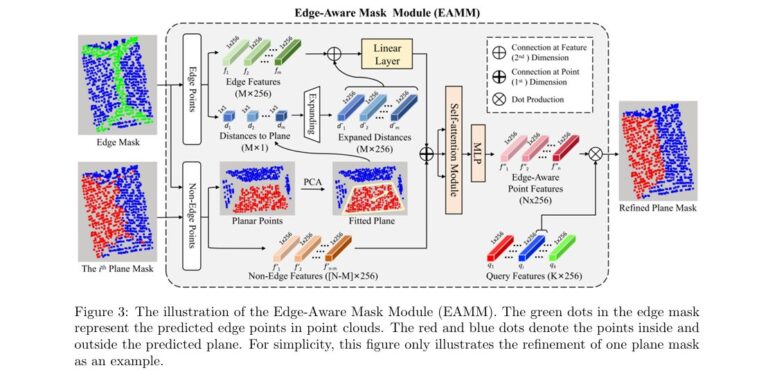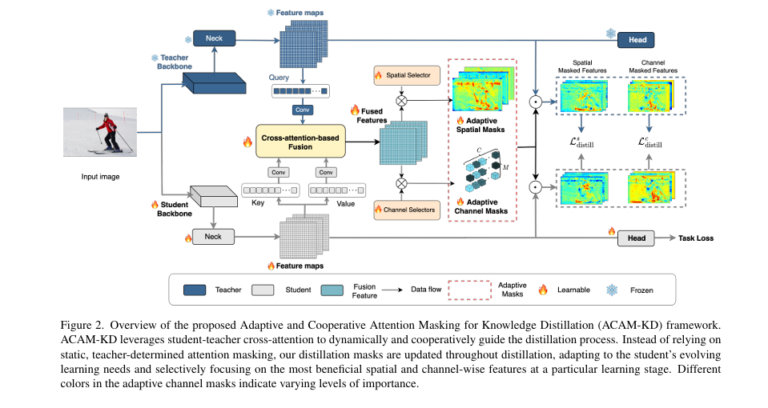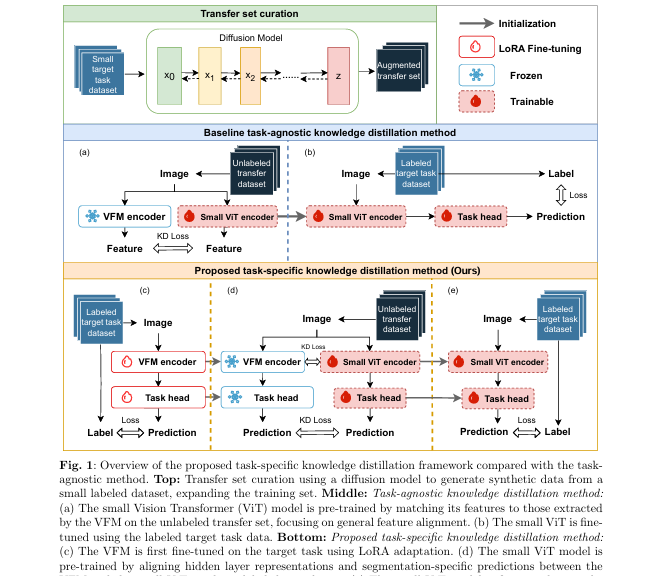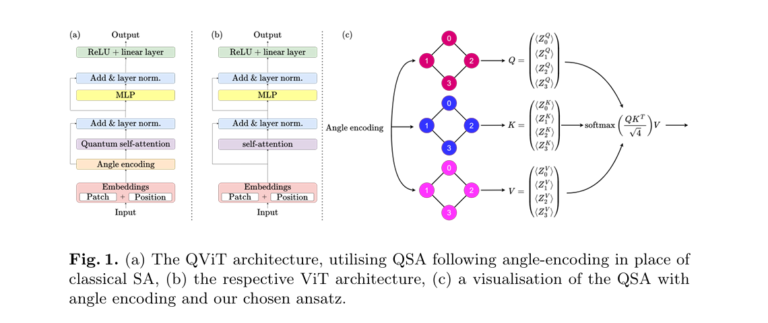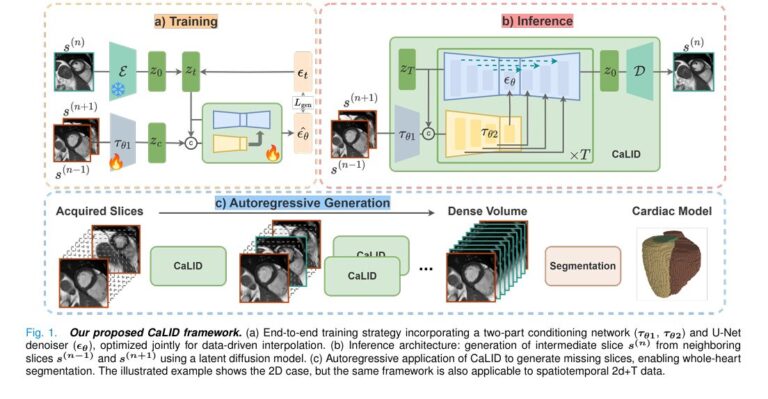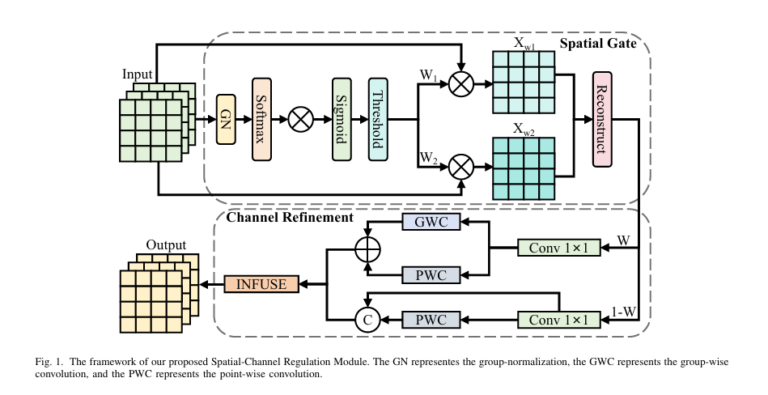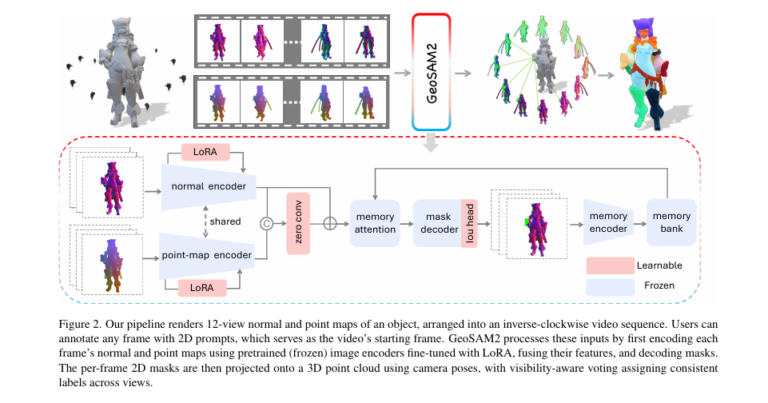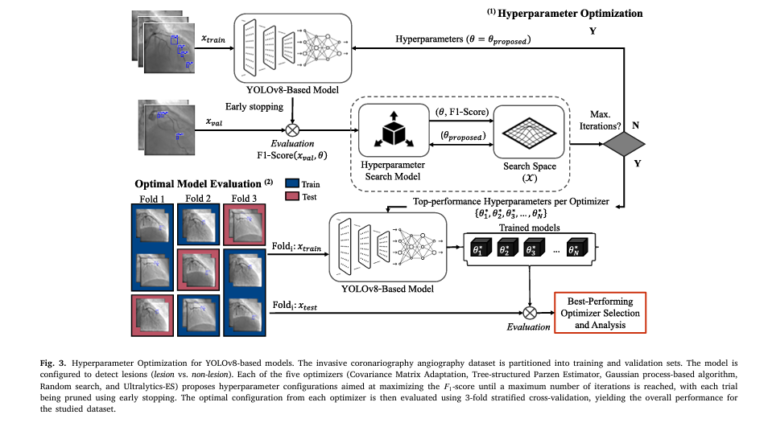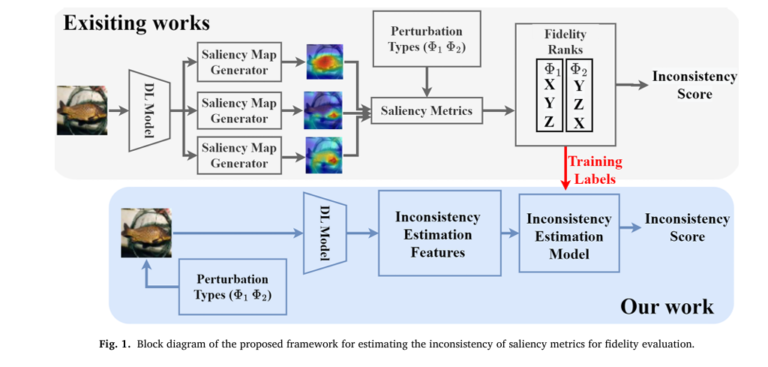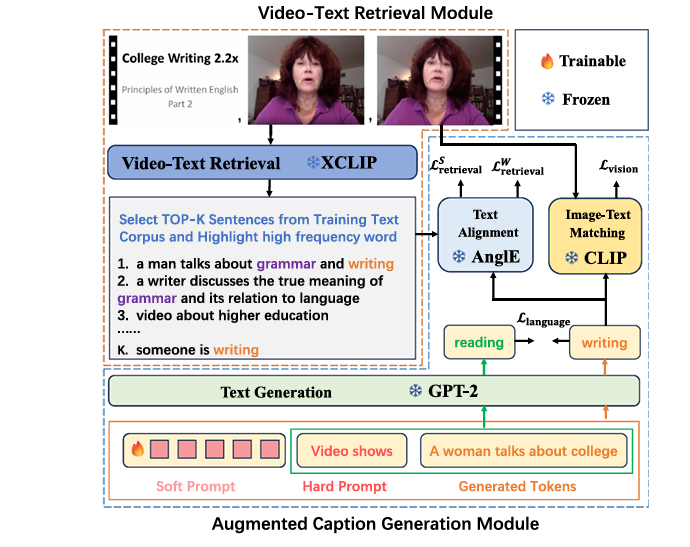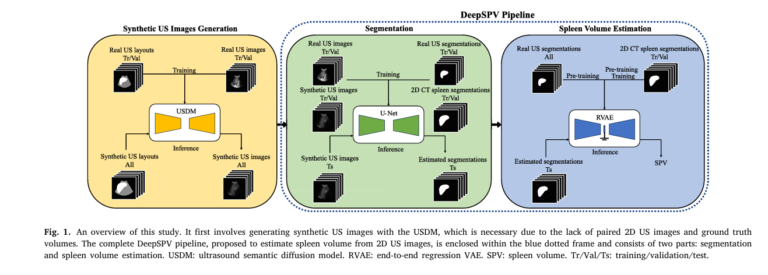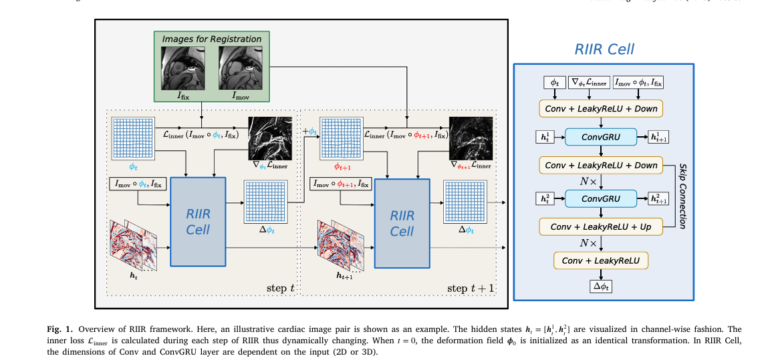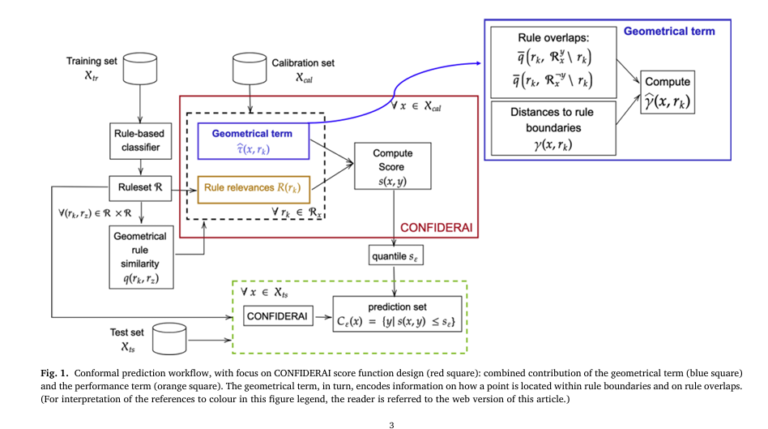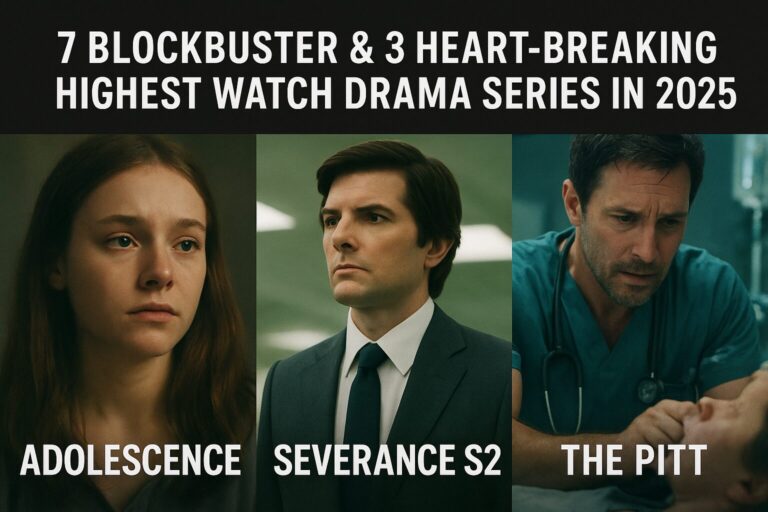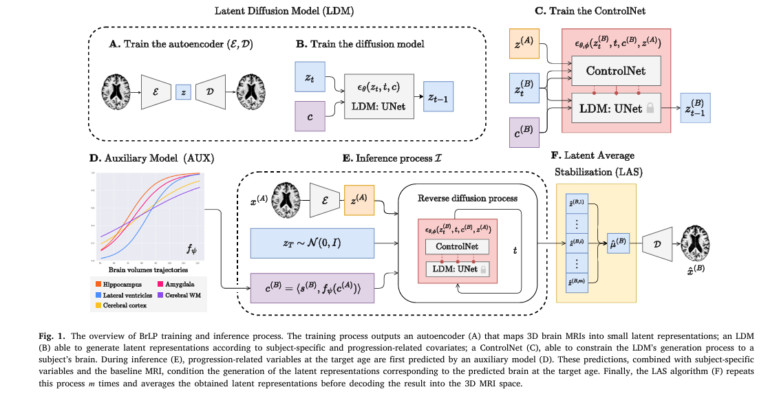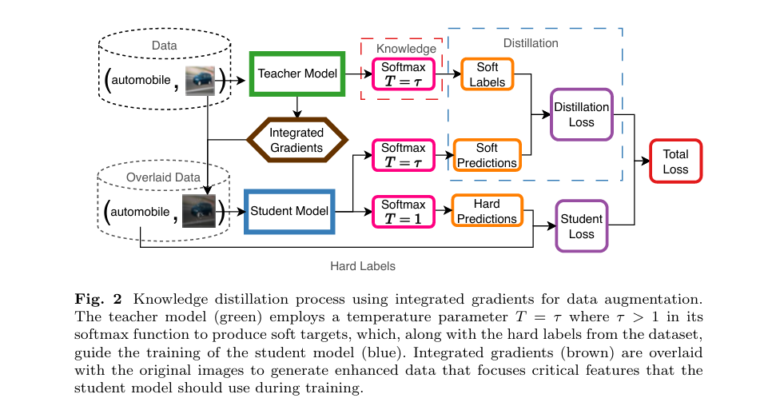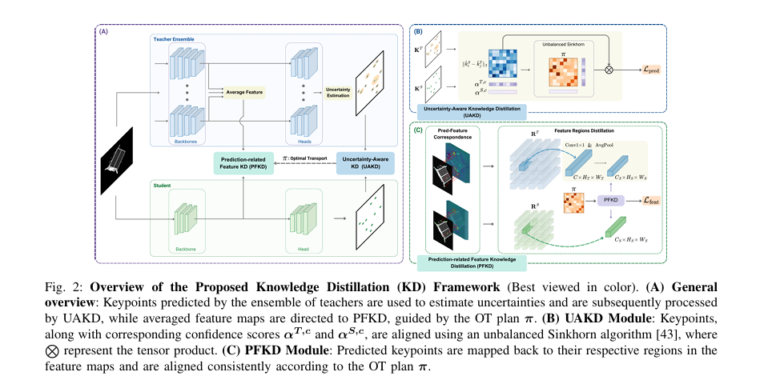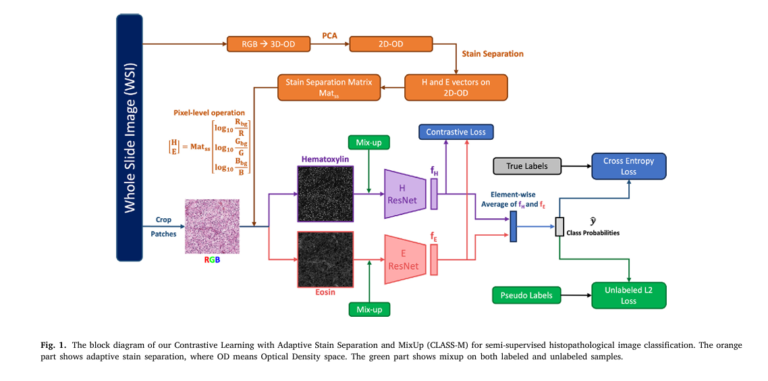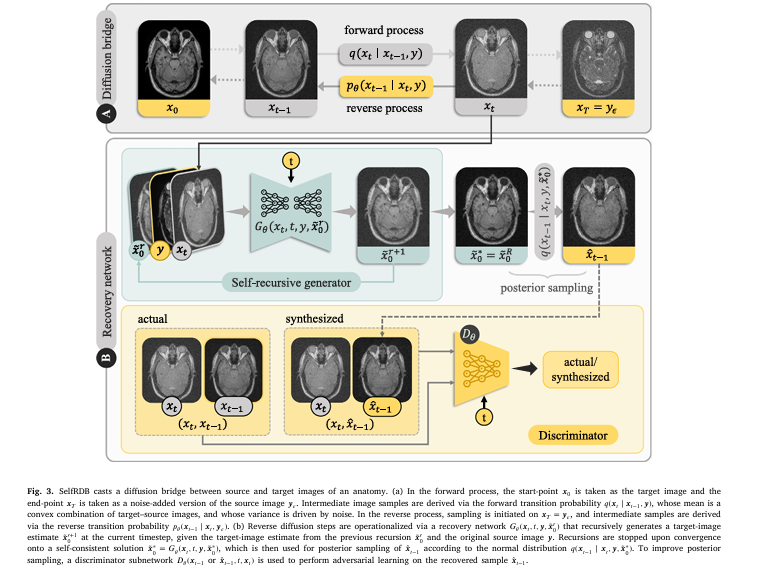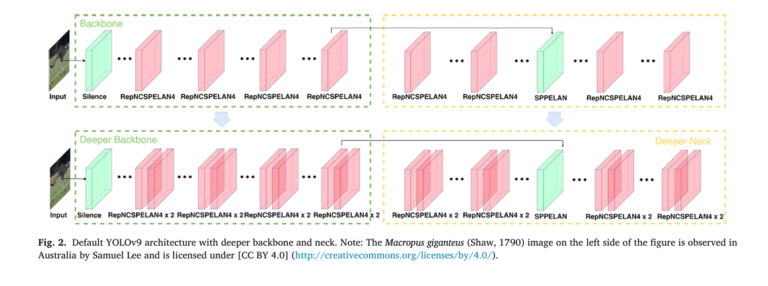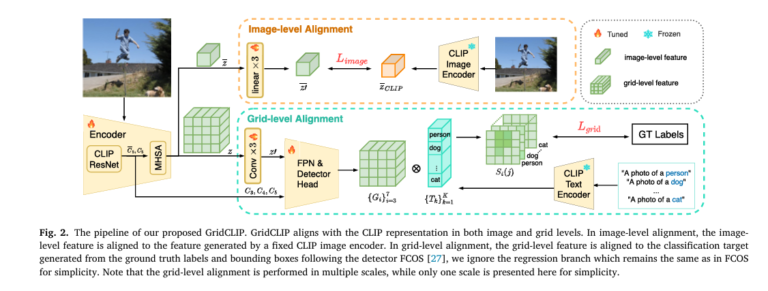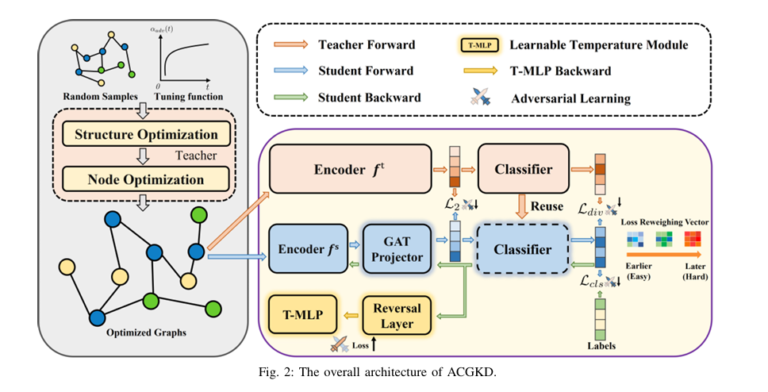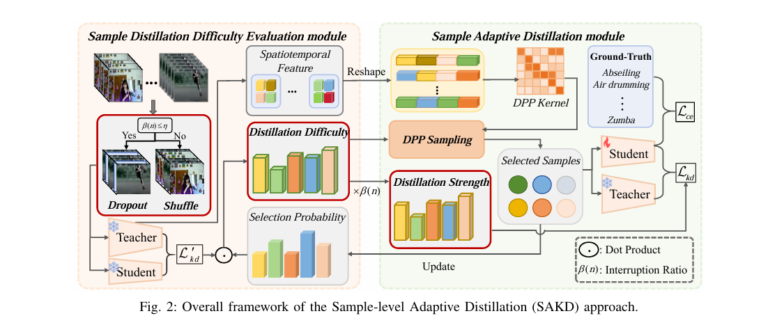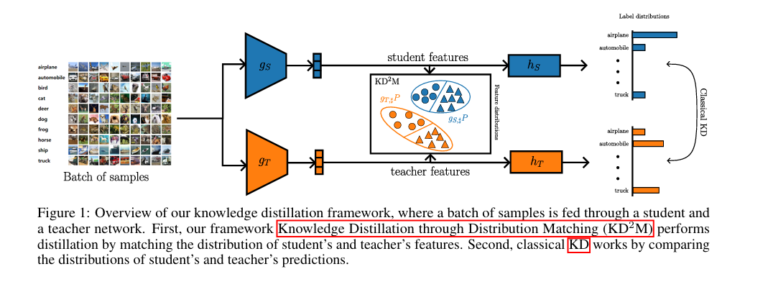All Posts
Comments: 0
All online Making Money Methods at your once click.
Learn How to Earn Money Online
Learn one of these skills at home and start earning money to meet your Dreams of Life.
Read Articles...
Comments: 0
Explore the world of Amazing knwoledge
AI TREND BLEND
Learn More
“Blending the future of AI with everyday trends, where innovation meets inspiration.”
Latest...
Comments: 0
Contact Us
We’re Ready, Let’s Talk.
Please enable JavaScript in your browser to complete this form.Your Name *Email *Your Message *CommentSEND MESSAGE
Contact Info
Address
Arifwala,...
Comments: 0
All Posts
Entertainment
Comments: 0
Entertainment
Read More
Online make money...
Comments: 0
Machine Learning
It’s Time to Start Your Journey to Machine Learning
Machine learning (ML) is a branch of artificial intelligence (AI) that enables computers to learn from data patterns and make...
Our Latest Posts
Introduction: Breaking New Ground in Radar Image Analysis
Imagine a technology that can see through clouds, darkness, and adverse weather conditions...
Introduction
Breast cancer remains one of the most prevalent health concerns affecting women worldwide, yet early detection through personalized screening...
Introduction
The human heart is an extraordinarily complex organ, and understanding its electrical behavior has long been one of medicine’s greatest...
Understanding Brain Surface Registration and Its Clinical Significance
The human brain’s cortex is one of nature’s most complex structures,...
Introduction: The Hidden World of Tissue Stiffness and the Limitations of Conventional Ultrasound
Imagine being able to see not just the shape and structure...
Introduction
Cancer remains one of the leading causes of mortality worldwide, yet advances in personalized medicine and artificial intelligence are fundamentally...
Introduction: A New Era in Brain Imaging
For decades, neuroscientists have faced a fundamental constraint: traditional brain imaging cannot visualize...
Introduction
The operating room represents one of the most data-rich environments in modern medicine, yet surprisingly, computer vision technology has...
Introduction
Imagine a radiologist spending hours manually tracing the intricate network of airways in thousands of patient CT scans, a tedious process...
Indoor positioning systems (IPS) have emerged as a critical technology in the age of smart manufacturing, logistics, and enterprise solutions. Unlike GPS,...
Introduction
In an era where digital connectivity is ubiquitous, the sanctity of data transmission has never been more critical. As we navigate the complex...
In an era where privacy concerns and environmental limitations increasingly challenge traditional video-based biometric systems, a sophisticated new approach...
Introduction
Medical imaging forms the backbone of modern diagnostic healthcare, yet accurate segmentation of anatomical structures and pathological...
Medical image segmentation stands at the center of modern diagnostic intelligence. The precise delineation of tumors, lesions, organs, and anatomical structures...
Introduction
Imagine an AI system that doesn’t just identify objects in images, but thinks through its reasoning process step-by-step before producing...
Introduction
Video segmentation has become increasingly critical in computer vision applications, from autonomous driving to video editing and surveillance...
Introduction
In the rapidly evolving landscape of computer vision and artificial intelligence, one persistent challenge has plagued researchers and practitioners:...
Introduction
Medical image segmentation stands as one of the most critical yet challenging tasks in modern diagnostic imaging. Whether identifying tumors...
Microscopy is the cornerstone of modern biological discovery, allowing scientists to peer into the intricate world of cells and tissues. However, the very...
In the high-stakes world of autonomous driving, medical diagnostics, and satellite imagery analysis, semantic segmentation models are the unsung heroes....
Introduction
Analyzing tissue images at the cellular level has become fundamental to understanding disease mechanisms, identifying therapeutic targets,...
Introduction
In an era where artificial intelligence generates text that’s increasingly indistinguishable from human writing, distinguishing authentic...
Introduction: The Future of Automated Medical Diagnosis
The traditional workflow in medical imaging has remained largely unchanged for decades. Radiologists...
Introduction: The Critical Need for Accurate Medical Image Segmentation
In the high-stakes world of modern radiology, the precise delineation of organs...
In the rapidly evolving world of artificial intelligence, one of the most significant challenges is teaching machines to understand images with minimal...
Introduction: The Challenge of Motion in Fetal Brain Imaging
Fetal diffusion MRI (dMRI) is a powerful tool for unlocking the mysteries of early human...
In the high-stakes world of neuro-oncology, time is not just a factor—it’s a lifeline. The journey from an initial MRI scan to a definitive brain tumor...
Introduction: The Critical Role of Precision in Medical Imaging
In the high-stakes world of modern medicine, a clear picture can mean the difference...
Introduction: The Challenge of Controlling Complex, Uncertain Systems
Modern engineering systems—from autonomous vehicles to industrial robotics—are...
In the high-stakes world of medical diagnostics, a single artifact in a CT scan can obscure critical details, leading to misdiagnosis or delayed treatment....
Introduction: Why Real-Time, Accurate LiDAR Segmentation is the Holy Grail for Self-Driving Cars
Imagine a self-driving car navigating a bustling city...
Introduction: The Critical Need for Accurate Lesion Segmentation in Modern Medicine
In the rapidly evolving landscape of medical diagnostics, accurate...
Introduction: Why Automated Tooth Segmentation is the Next Frontier in Dental Diagnostics
Imagine a world where a dentist can instantly visualize the...
Introduction: The Critical Need for Precision in Medical Imaging
In the high-stakes world of medical diagnostics, a pixel can make all the difference....
Key Takeaway: Researchers have developed FAST (Foreground-aware Diffusion Framework), a revolutionary AI system that accelerates industrial anomaly...
How MLP Models Are Achieving Transformer-Level Performance with 130x Fewer Parameters
The Time Series Forecasting Dilemma
Time series forecasting represents...
Introduction: The Quest for Robust AI
Deep Learning (DL) has revolutionized computer vision, enabling machines to identify objects, segment images, and...
Introduction: The Enduring Challenge of Clustering
Clustering is a cornerstone of unsupervised machine learning, tasked with the fundamental goal of...
Introduction: The Hidden Threat of Cracks in Welded Structures
In the world of engineering, especially within industries like offshore energy, oil and...
Revolutionizing Diabetic Foot Ulcer Management: How Machine Learning Classifies Healing Phases Using Clinical Metadata
Diabetic foot ulcers (DFUs) are...
Revolutionizing Construction Management: How Ontology-Guided LLMs Decode Site Images for Smarter Decisions
In the fast-paced world of construction, real-time...
Concrete cracks are more than just surface imperfections—they’re early warning signs of structural degradation that can compromise the safety and...
Introduction: Bridging the Gap in AI-Powered Retinal Diagnostics
Artificial intelligence (AI) has made remarkable strides in medical imaging, particularly...
As the world transitions toward clean and sustainable energy, power systems are increasingly integrating renewable energy resources (RERs) such as solar...
In the rapidly evolving field of machine learning for public policy, precision and fairness in decision-making are paramount. One of the most widely used...
As global energy demand continues to rise due to rapid urbanization and technological advancements, building electrical consumption forecasting has become...
In the rapidly evolving field of deep learning, knowledge distillation (KD) has emerged as a powerful technique for transferring knowledge from large,...
Retinal diseases such as diabetic retinopathy (DR), age-related macular degeneration (AMD), and glaucoma are leading causes of irreversible vision loss...
Early Detection, Smarter AI: How PSO-Optimized Fractional Order CNNs Are Transforming Breast Cancer Diagnosis
Every year, millions of women face the...
In the rapidly evolving field of computational pathology, accurate tumor grading in pathology images remains a cornerstone for effective cancer diagnosis...
In the rapidly evolving field of artificial intelligence (AI), knowledge distillation (KD) has emerged as a cornerstone technique for compressing powerful,...
In the fast-paced world of financial markets, accurate stock price prediction has long been the holy grail for investors, analysts, and AI researchers....
In the rapidly evolving landscape of artificial intelligence and wireless communication, a groundbreaking new framework—ProMSC-MIS (Prompt-based Multimodal...
In the rapidly evolving world of additive manufacturing (AM), ensuring the quality and reliability of engineered materials is a critical bottleneck. Traditional...
Colorectal cancer (CRC) remains one of the most prevalent and deadly cancers worldwide, with early detection playing a pivotal role in reducing mortality....
Breast cancer remains the most diagnosed cancer among women globally, accounting for nearly 1 in 4 cancer cases. Early detection and precise diagnosis...
Revolutionizing Digital Pathology: A Deep Dive into GrEp for Superior Epithelial Cell Classification
The field of digital pathology is undergoing a transformation, with deep learning and artificial intelligence unlocking unprecedented opportunities for...
In the fast-evolving world of deep learning, capsule networks (CapsNets) have emerged as a promising alternative to traditional convolutional neural networks...
Unlocking Precision in Medical AI: Probabilistic Smooth Attention for Deep Multiple Instance Learning
In the rapidly evolving field of medical imaging,...
Artificial Intelligence (AI) has revolutionized healthcare, particularly in medical image analysis. However, the “black-box” nature of deep...
In the rapidly advancing field of medical imaging and artificial intelligence (AI), brain tumor detection and classification remain among the most critical...
In the rapidly evolving field of medical imaging, diffusion-based data augmentation for medical image segmentation is emerging as a game-changing solution...
In the world of digital imaging, capturing clear, vibrant photos in low-light conditions has always been a challenge. From dimly lit cityscapes to indoor...
In the rapidly evolving field of deep learning, knowledge distillation (KD) has emerged as a vital technique for transferring intelligence from large,...
In the rapidly evolving landscape of AI-driven wireless communication, prompt-based multimodal semantic communication is emerging as a game-changer—especially...
Introduction: The Challenge of Audio-Vision Integration in Omnimodal LLMs
Omnimodal Large Language Models (OLLMs) like GPT-4o and Megrez have revolutionized...
Cardiovascular diseases remain the leading cause of death worldwide, making accurate and early diagnosis critical. Among the most vital metrics in cardiac...
RoofSeg: A Breakthrough in End-to-End Roof Plane Segmentation Using Transformers
In the rapidly evolving field of 3D urban modeling and geospatial analysis,...
In the rapidly evolving world of deep learning, deploying high-performance models on resource-constrained devices remains a critical challenge—especially...
Revolutionizing Medical Image Segmentation with Task-Specific Knowledge Distillation
In the rapidly evolving field of medical artificial intelligence,...
In the rapidly evolving field of biomedical image classification, deep learning models like Vision Transformers (ViTs) have set new performance benchmarks....
Breast cancer remains one of the most prevalent cancers worldwide, with early and accurate diagnosis being crucial for effective treatment. Medical imaging,...
Introduction: The Challenge of Sparse Cardiac MRI Data
Cardiac Magnetic Resonance (CMR) imaging has become an indispensable tool in modern cardiology,...
Medical ultrasound imaging is a cornerstone of modern diagnostics, offering real-time, non-invasive visualization of internal organs and pathologies such...
In the rapidly evolving field of computer vision and 3D modeling, 3D part segmentation has emerged as a critical yet challenging task. Whether...
2024 was a banner year for television drama — established franchises doubled down on quality, streaming services rolled out audacious prestige projects,...
Revolutionizing Cardiac Care: How Hyperparameter Optimization Boosts YOLO Accuracy in Coronary Lesion Detection
Cardiovascular diseases remain the leading...
The cinematic year of 2024 gave us billion-dollar blockbusters, daring indie experiments, and a few long-awaited sequels. But one film stole the spotlight,...
Unlocking Trust in AI: Introducing FRIES – The First Framework for Inconsistency Estimation of Saliency Metrics
As artificial intelligence (AI) becomes...
RETTA: Revolutionizing Zero-Shot Video Captioning with Retrieval-Enhanced Test-Time Adaptation
In the rapidly evolving field of vision-language modeling,...
In the rapidly evolving field of medical imaging, accurate and non-invasive assessment of organ size is critical—especially when managing chronic conditions...
Quick Jump Menu
Why “highest watch” beats box-office gross
The 7 biggest crowd-pullers (and why they hooked viewers)
The 1 colossal flop nobody...
In the world of machine learning, semi-supervised learning (SSL) and unsupervised domain adaptation (UDA) are game-changers—especially when labeled data...
In the rapidly evolving world of machine learning and data science, clustering algorithms are the backbone of unsupervised learning. Yet, despite decades...
7 Revolutionary Breakthroughs in Cell Shape Analysis: How a Powerful New Model Outshines Old Methods
In the fast-evolving world of biomedical research and artificial intelligence, understanding cell motility—how cells move and change shape—is critical...
In the rapidly evolving world of medical imaging, a groundbreaking new technology is emerging that promises to redefine how doctors align and analyze patient...
In the rapidly evolving world of artificial intelligence, one question looms larger than ever: Can we truly trust AI systems when lives are on the line?...
Why 2025 was a breakout year for drama
If you felt like every week in 2025 brought a new water-cooler show — you weren’t wrong. Streaming platforms,...
The Future of Brain Health is Here — And It’s Powered by AI
Imagine a world where doctors can predict how your brain will age — years before symptoms...
In the fast-evolving world of artificial intelligence, efficiency and accuracy are locked in a constant tug-of-war. While large foundation models like...
In the rapidly evolving world of computer vision, 6 Degrees of Freedom (6DoF) pose estimation has become a cornerstone for applications ranging from robotic...
In the rapidly evolving field of medical imaging, artificial intelligence (AI) is transforming how we detect and diagnose diseases like cancer. A groundbreaking...
Medical imaging has long been the cornerstone of modern diagnostics. From detecting tumors to planning radiotherapy, the quality and availability of imaging...
Australia is home to over 600 mammal species, 800 bird species, and countless reptiles and amphibians — many found nowhere else on Earth. Yet, as biodiversity...
Why GridCLIP Is Changing the Game in AI-Powered Object Detection
In the fast-evolving world of artificial intelligence, object detection has become a...
Why Heterogeneous Knowledge Distillation Is the Future of Semantic Segmentation
In the rapidly evolving world of deep learning, semantic segmentation...
In the rapidly evolving world of artificial intelligence, efficiency and accuracy are king. But what happens when you need to train a powerful AI model—like...
In the fast-evolving world of AI and deep learning, knowledge distillation (KD) has emerged as a powerful technique to shrink massive neural networks into...
In the fast-evolving world of deep learning, one of the most promising techniques for deploying AI on edge devices is Knowledge Distillation (KD). But...
In the fast-evolving world of AI-powered visual understanding, lightweight semantic segmentation is the holy grail for real-time applications like autonomous...
